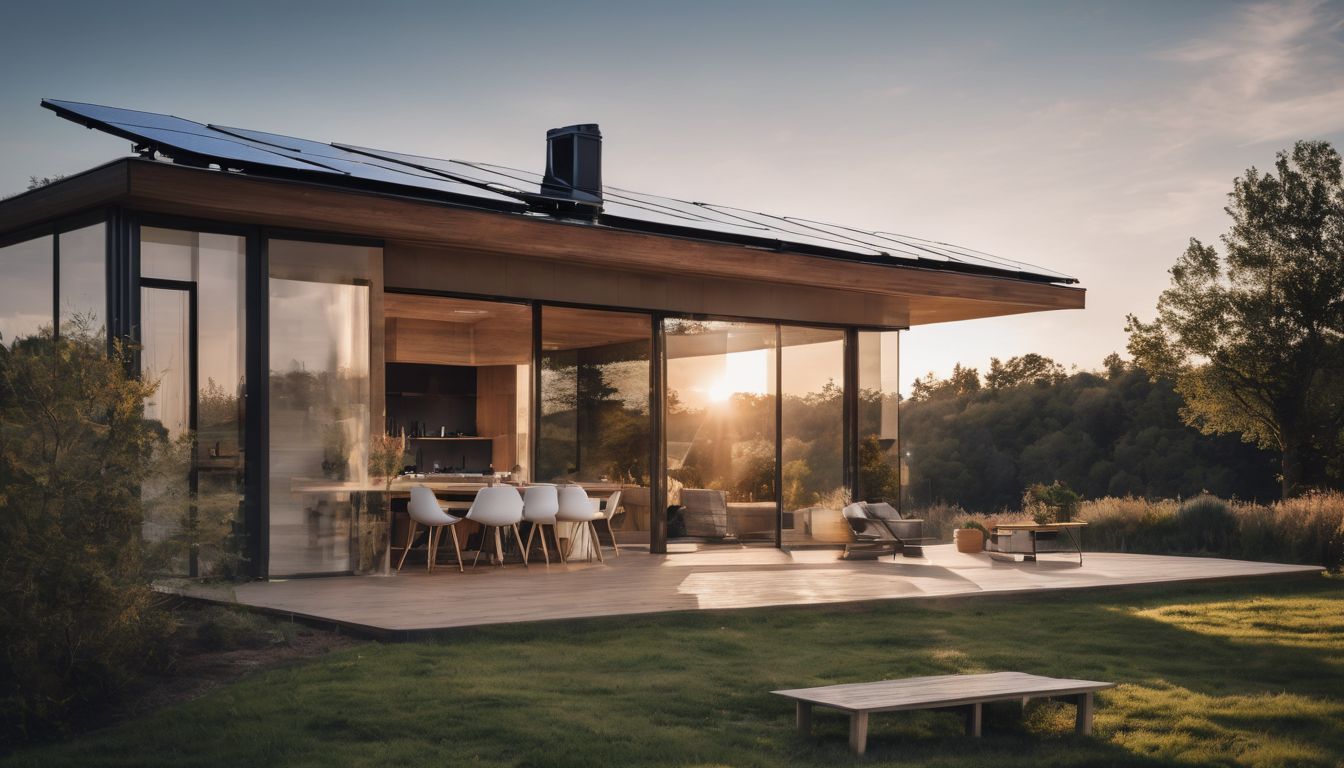Washing machines can cost hundreds and even thousands of dollars a year to run depending on your washing machine type, whether or not you use hot, warm, or cold water, your energy company’s prices, water company’s prices, and the number of loads you run per week! Most significantly, roughly ninety percent of the energy used by washing machines just goes towards heating water!1
So, how about a bike pedal-powered washing machine? Currently, there are many different designs and ideas for pedal powered washing machines. The goals differ, but they include reducing energy and water consumption and costs, and increasing accessibility for people who cannot afford and/or do not have the energy capacity to own conventionally powered washing machines. By now you are probably wondering how you can manage to get your hands on a pedal powered washing machine… Unfortunately, at this time there are no pedal powered washing machines available for mass production and thus for purchase by consumers. However, if you are handy with tools you can build your own!
BENEFITS FOR THE ENVIRONMENT: Medium to High. Using a pedal powered washing machine will help you use significantly less energy and save water.
COSTS: Low – Medium
TIME AND EFFORT: Extremely High
Here are guidelines and instructions for making a pedal powered washing machine based on Homeless Dave’s Project: homelessdave.com. Homeless Dave had been using a handwasher to do laundry for over a decade, and in early 2007 he decided to build a pedal powered machine and use that instead.2
- First off you need to obtain a conventional washing machine, a bike, and a toolkit. Try to find either a broken washing machine and bike or ones that are no longer being used, following the “reduce, reuse, recycle” mantra!
- Modify your washing machine:
- Remove the outer metal shell, usually white in color, from your washing machine by removing and unscrewing every bolt on the machine.
- Take out the electric motor from your washing machine frame.
- Remove the pulley from the motor’s shaft.
- Take off the drain hose that connects the tub to the pump.
- Save the belts from the pulley.
- Modify the Trainer using your pulley
- Buy three tension pins from a hardware store and a drill bit.
- Drill three even spaced holes on the pulley.
- Have the pulley positioned on the fly wheel so that it is centered and drill through the flywheel.
- Hammer in the tension pins.
- Piecing it all Together
- Position your bicycle stand and the washer in a position that you think will work for the design.
- Measure/Estimate how long of a belt you will need.
- Take the belt from step 1 to a hardware store and get one that’s the same except closer to the estimated size that you need, which will most likely be longer than the one you have.
- Drill and attach a large piece of plywood under your washer.
- Attach the belt with the training stand resting on the piece of plywood.
- Test your configuration.
- Drill holes to attach the training stand feet.
- Modify your configuration as necessary.
- Your final project should look similar to the one in the photo below:
- Try washing your clothes in your new nifty laundry machine!
Once you are done pedaling away at this powerful washing machine, hang your clothes up to dry out in the sun, as your clothes dryer could be accounting for ten percent of your total electricity use!.4 If it is raining outside, consider hanging them inside to air dry ☺ The completely environmentally friendly way to wash your clothes powered conveniently through human power!
For more eco-friendly laundry tips: “Dry Your Clothes on a Clothesline”
Pedal Powered Washing Machines to watch for:
A team of engineering students at MIT, Massachusetts Institute of Technology, are designing a bicycle powered washing machine from bike parts and empty barrels in a project called Bicilavadora for residents of developing countries.5 Another cool laundry machine design by Shang Che Wu also uses pedal power, but not in the form of a bike. The form of this design is very much like a laundry basket. A prototype of the design has not been built yet, but the idea is amazing:




